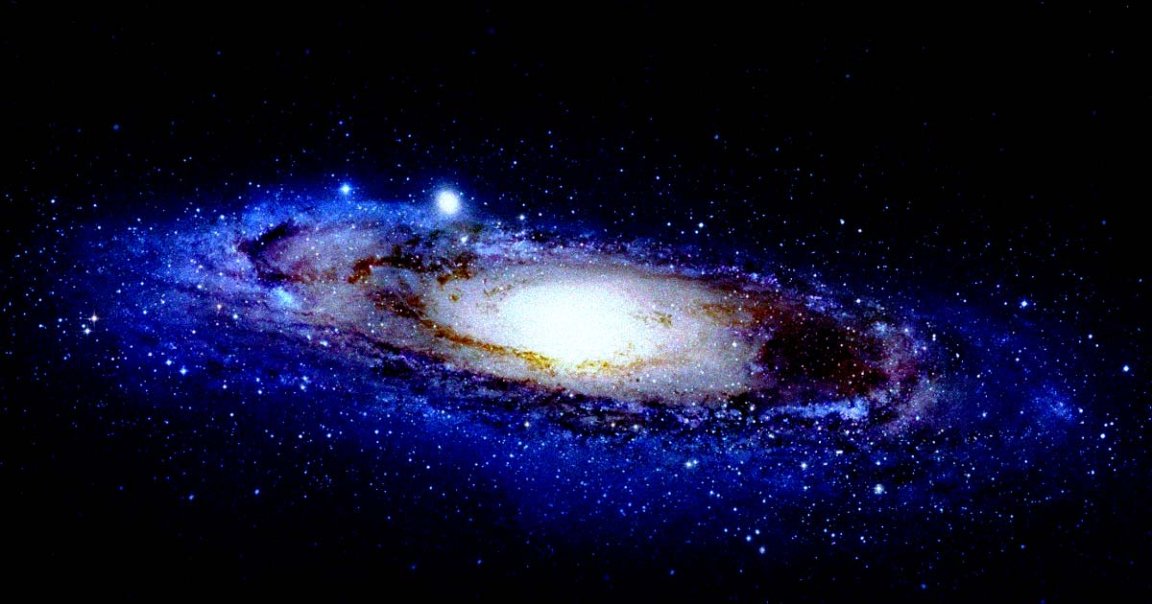
Galactic Outlier
Researchers have found that there’s something highly unusual about the Milky Way that sets it apart from galaxies which, on a surface level, appear similar.
As detailed in three recent papers published in The Astrophysical Journal, a team of researchers examined a mountain of data as part of the Satellites Around Galactic Analogs (SAGA) survey, which was dedicated to comparing the Milky Way to 101 other galaxies that are similar in mass.
The distinction is technical but significant, the researchers say: they found that the Milky Way has surprisingly few smaller satellite galaxies compared to its peers — and some of them have mysteriously stopped forming new stars.
“Now we have a puzzle,” said Stanford astrophysics professor Risa Wechsler, who cofounded SAGA and coauthored all three papers, in a statement. “What in the Milky Way caused these small, lower-mass satellites to have their star formation quenched?”
Satellite Activity
The findings suggest our galaxy’s evolutionary history is strikingly different, setting it apart from all the others — research that could also force scientists to reexamine how we understand the formation of galaxies.
“Our results show that we cannot constrain models of galaxy formation just to the Milky Way,” said Wechsler. “We have to look at that full distribution of similar galaxies across the universe.”
At the core of the researchers’ findings is dark matter, the mysterious substance that scientists believe makes up 85 percent of the matter in the universe, but has yet to be directly observed. Researchers have previously found that massive halos of dark matter allow galaxies to form within them, creating gravitational forces strong enough for ordinary matter to clump together.
“Perhaps, unlike a typical host galaxy, the Milky Way has a unique combination of older satellites that have ceased star formation and newer, active ones… that only recently fell into the Milky Way’s dark matter halo,” Wechsler suggested.
When Wechsler and her colleagues examined 378 small satellite galaxies that orbit the 101 much larger galaxies like the Milky Way, they found that half the Milky Way’s satellites were no longer forming stars, unlike most other galaxies, whose satellites were still active stellar factories.
It all raises an intriguing question: why is our galactic home different?
“To me, the frontier is figuring out what dark matter is doing on scales smaller than the Milky Way, like with the smaller dark matter halos that surround these little satellites,” Wechsler said.
More on galaxy formation: This Ancient “Rebel” Galaxy Closely Mirroring the Milky Way Has Astronomers Freaked Out